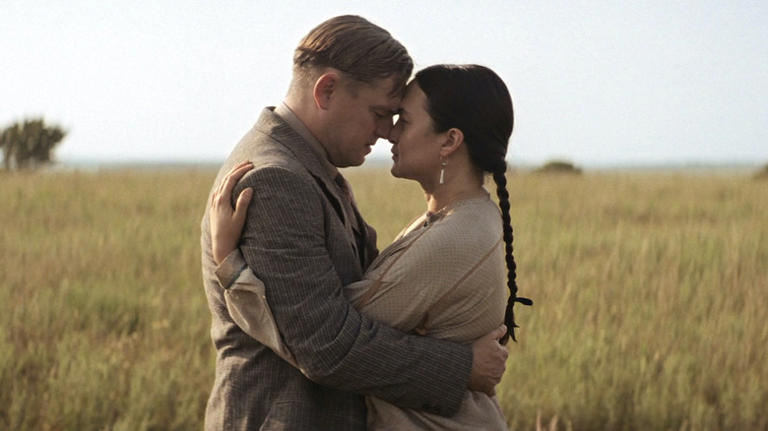
Unveiling the Untold Story The Unique Challenge of Killers of the Flower Moon
- Entertainment
- 23 May 2023
- No Comment
- 117
Introduction: In the world of filmmaking, adapting a true crime story into a gripping narrative can be a daunting task. However, when it comes to “Killers of the Flower Moon,” the biggest challenge wasn’t turning it into a mystery. Rather, it was the delicate balance between preserving the integrity of the real events while creating a compelling cinematic experience. Join me as we delve into the fascinating journey of bringing David Grann’s best-selling book to the silver screen and discover how this challenge turned into a triumph.
The Unforgettable True Story: “Killers of the Flower Moon” is based on the shocking real-life events surrounding the Osage Indian murders that took place in 1920s Oklahoma. The murders, which involved the systematic targeting of wealthy Osage Indians for their oil wealth, sent shockwaves through the nation. The story uncovers a web of conspiracy, corruption, and racial tensions, making it a compelling subject for both book and film adaptations.
Preserving Historical Accuracy: Director Martin Scorsese, known for his meticulous attention to detail, understood the significance of preserving the historical accuracy of the events. The challenge lay in ensuring that the film remained faithful to the book while still capturing the attention and imagination of the audience. The script had to strike a delicate balance between authenticity and cinematic storytelling.
A Stellar Cast: One of the film’s greatest strengths lies in its ensemble cast, which includes powerhouse actors such as Leonardo DiCaprio and Robert De Niro. Their commitment to bringing these characters to life, combined with their undeniable talent, adds a layer of depth and authenticity to the storytelling. The chemistry between the actors further enhances the emotional resonance of the film, drawing audiences deeper into the narrative.
Capturing the Essence: To tackle the challenge of turning “Killers of the Flower Moon” into a compelling cinematic experience, Scorsese employed a multi-faceted approach. The film explores not only the mystery behind the murders but also delves into the social and historical context of the era. By incorporating elements of family dynamics, racial tension, and the struggle for justice, Scorsese creates a nuanced portrayal of the larger themes at play.
Visual Spectacle: Scorsese’s signature visual style adds an extra layer of richness to the film. The stunning cinematography captures the vast landscapes of Oklahoma, transporting the audience back to the 1920s. The attention to detail in the production design and costuming further immerses viewers in the time period, adding to the authenticity of the storytelling.
The Ultimate Triumph: While the challenge of not turning “Killers of the Flower Moon” into a typical mystery film was immense, the result is a captivating exploration of history, power, and greed. By shining a light on this dark chapter of American history, the film raises important questions about justice, discrimination, and the resilience of marginalized communities. It serves as a testament to the power of cinema to educate and entertain while honoring the voices of those whose stories have been overlooked.
Conclusion: “Killers of the Flower Moon” rises above the challenge of avoiding a conventional mystery narrative, emerging as a triumph in its own right. With its commitment to historical accuracy, stellar cast, nuanced storytelling, and breathtaking visuals, the film not only captivates audiences but also sheds light on a lesser-known piece of American history. As the credits roll, viewers are left with a renewed appreciation for the power of storytelling to uncover forgotten truths and ignite conversations about the past and its impact on the present.


